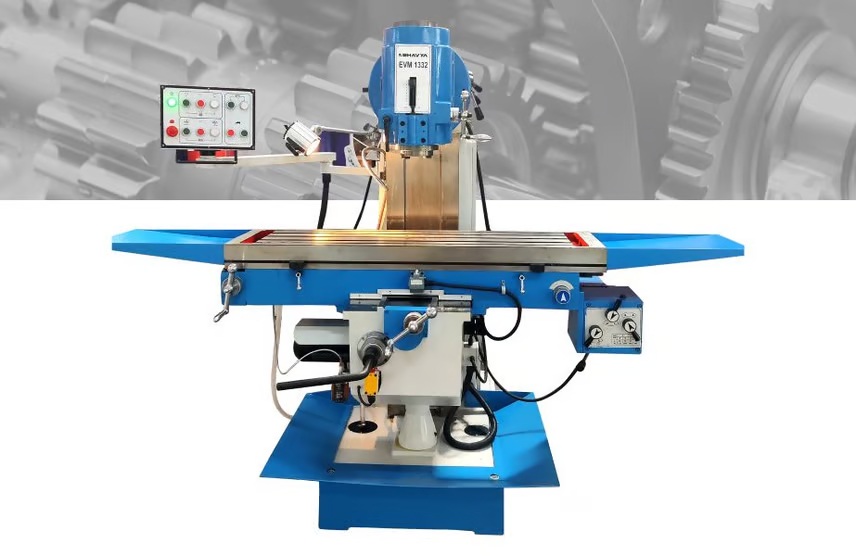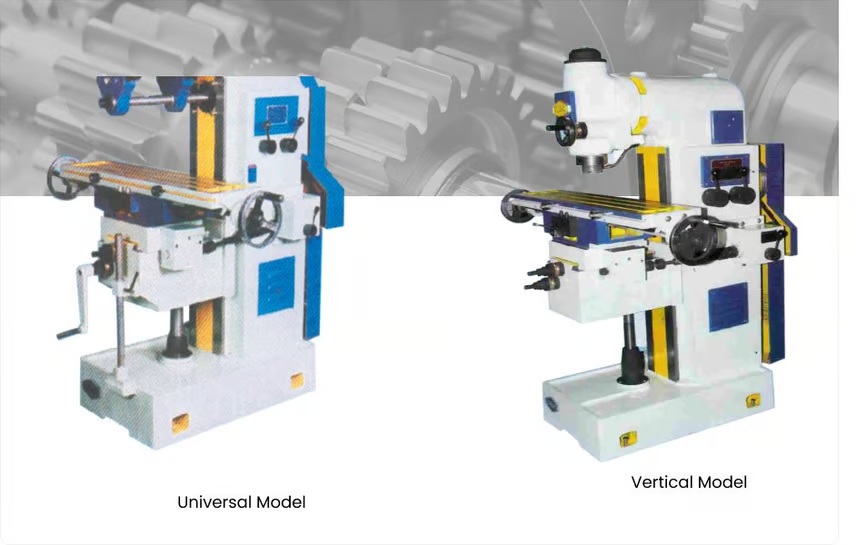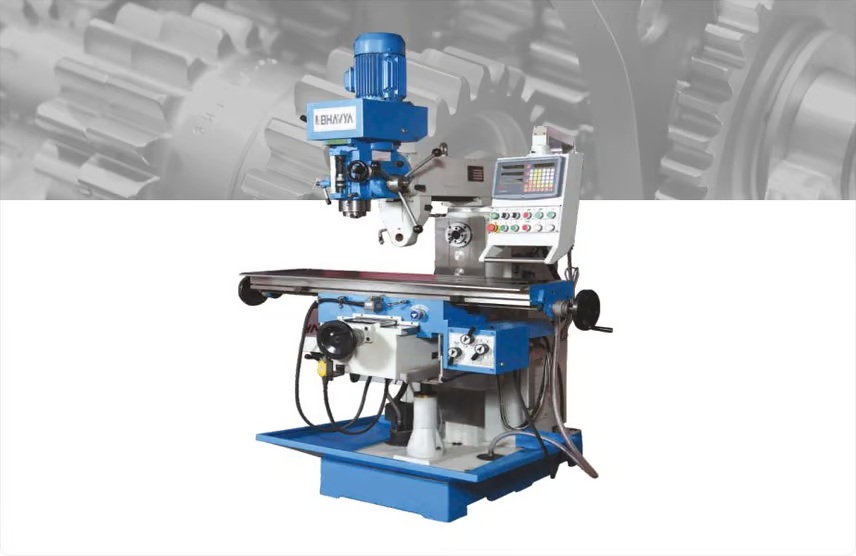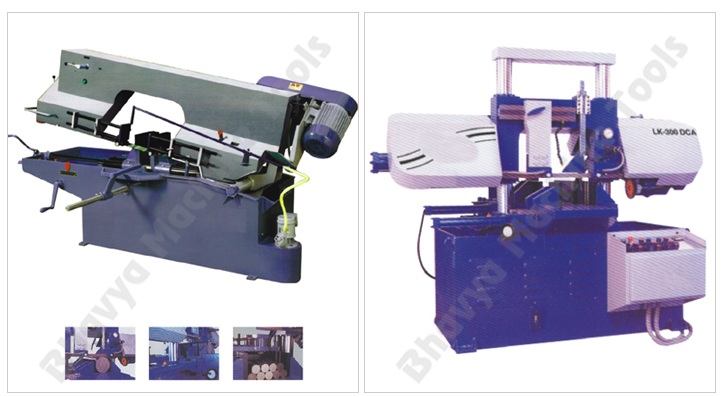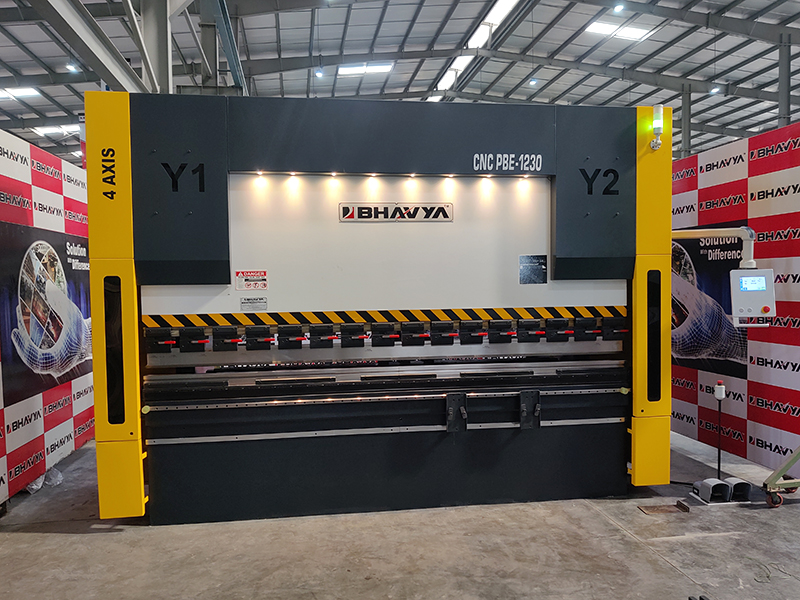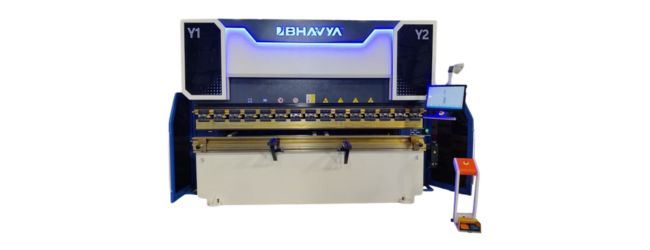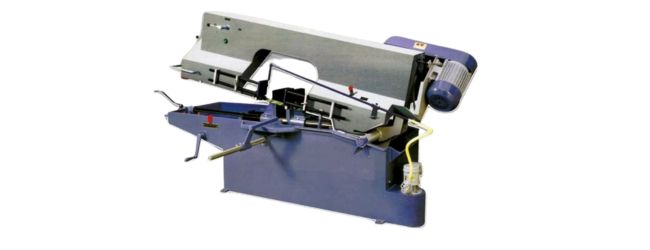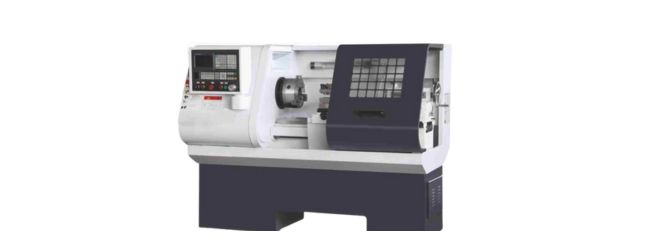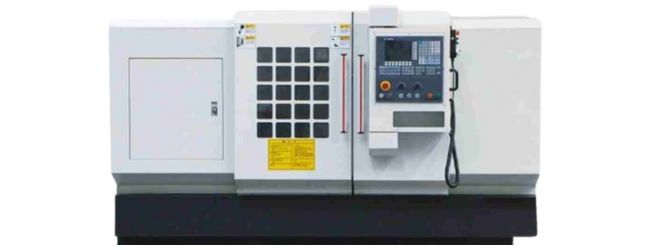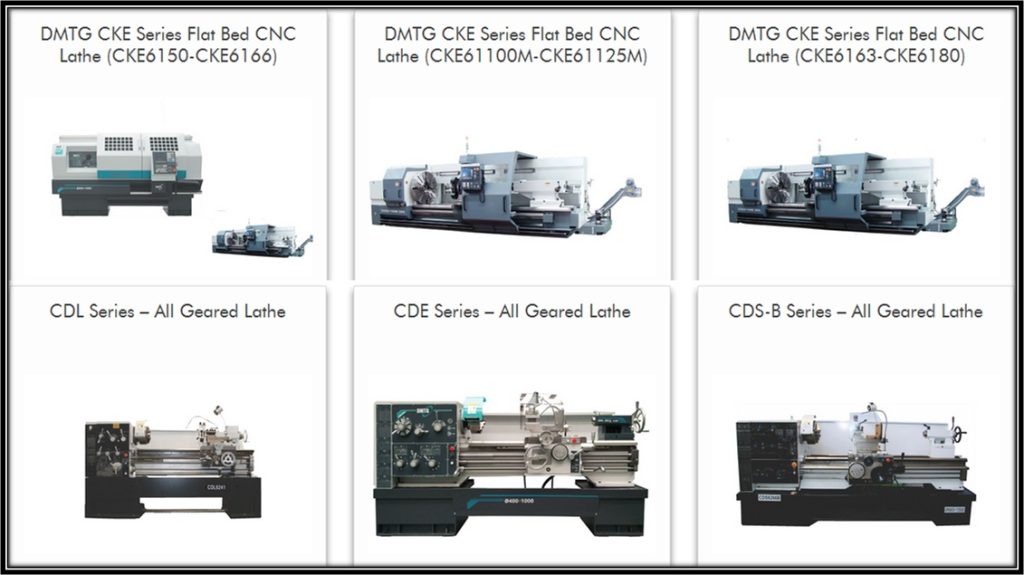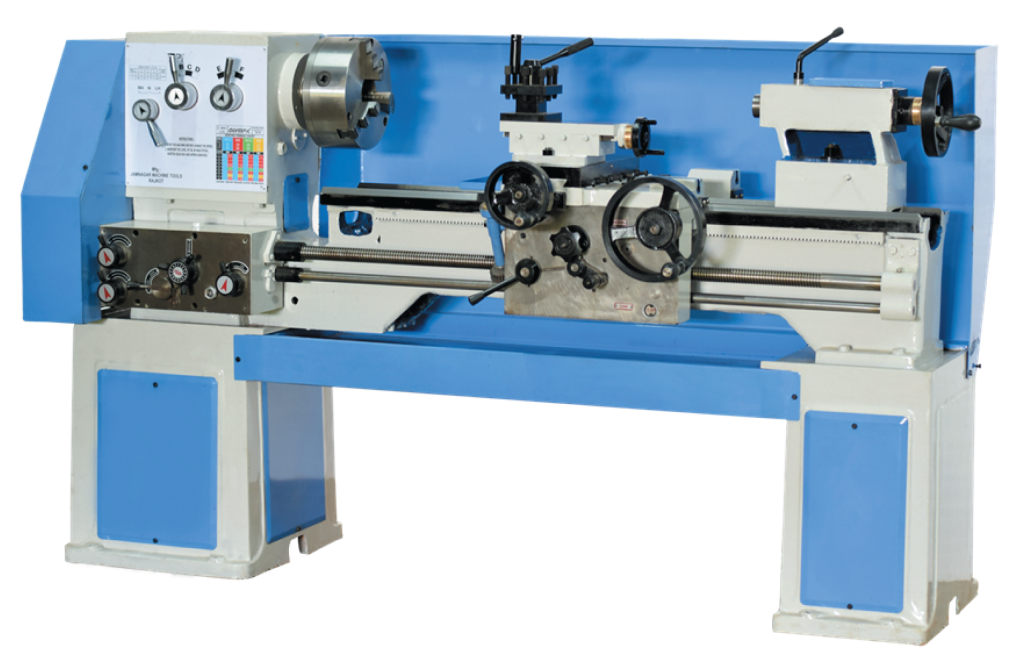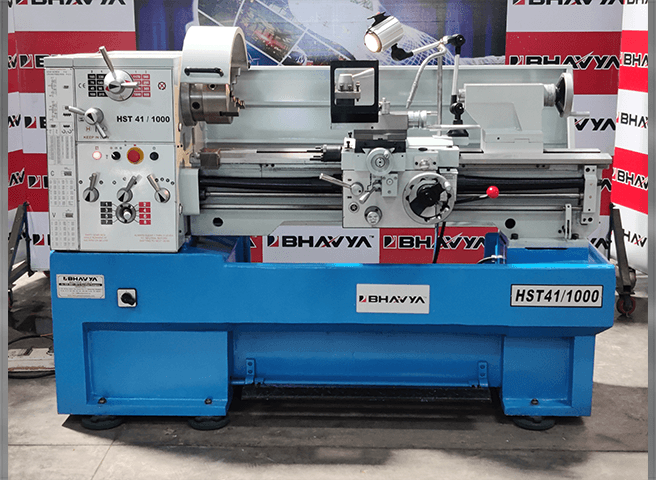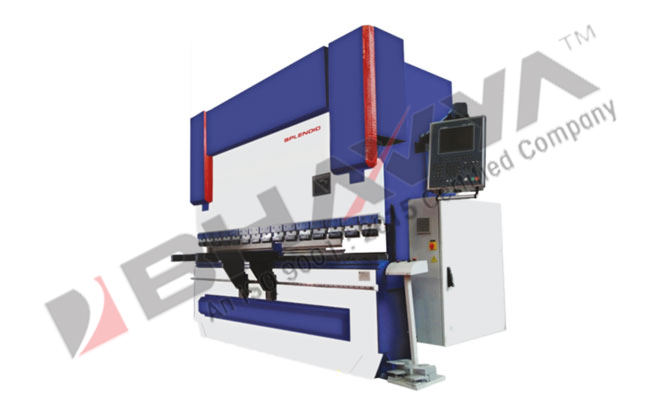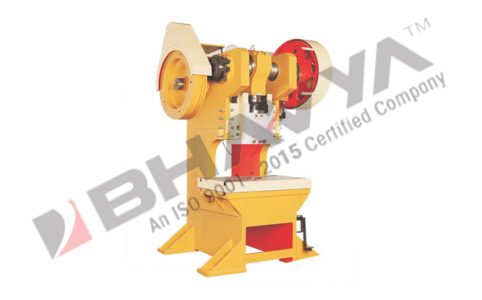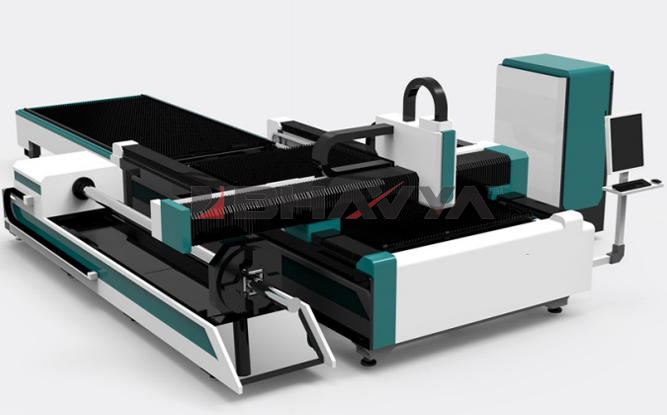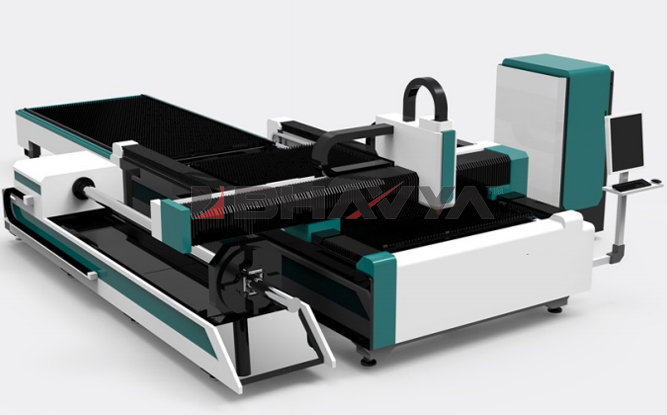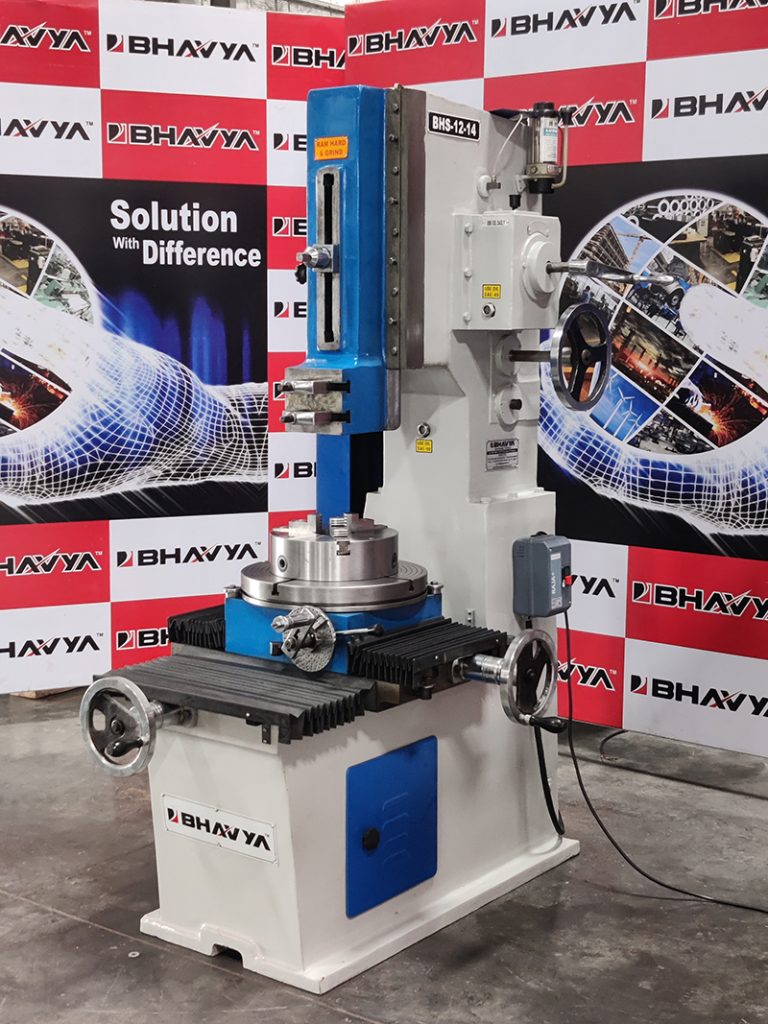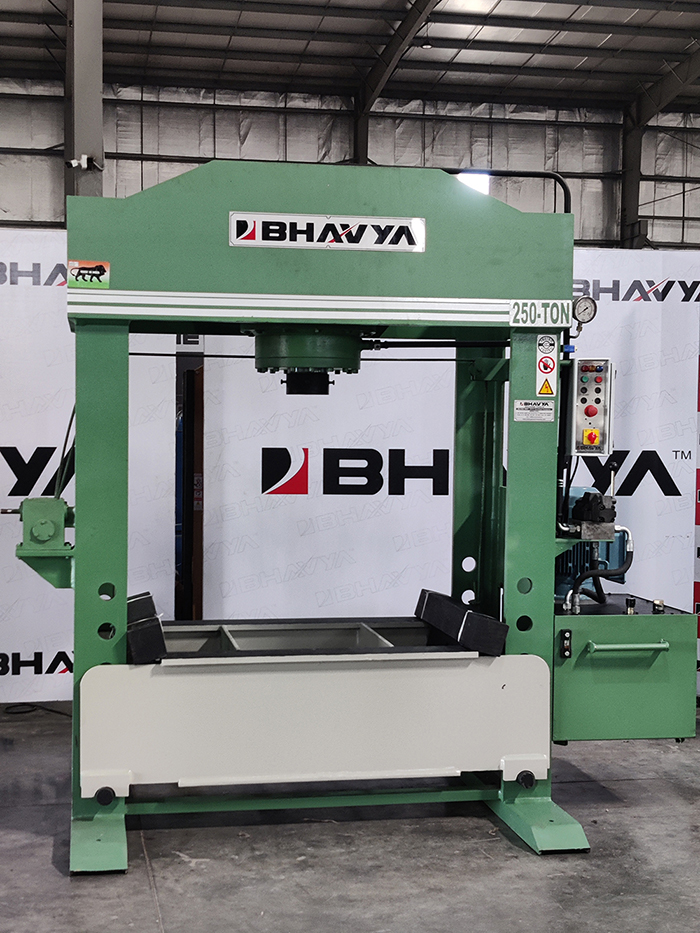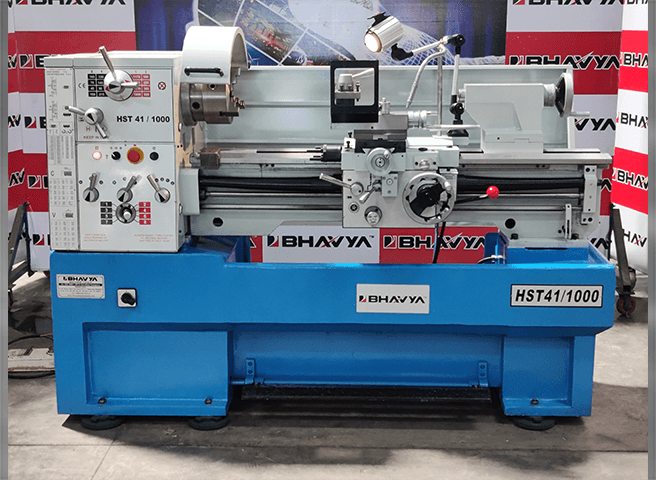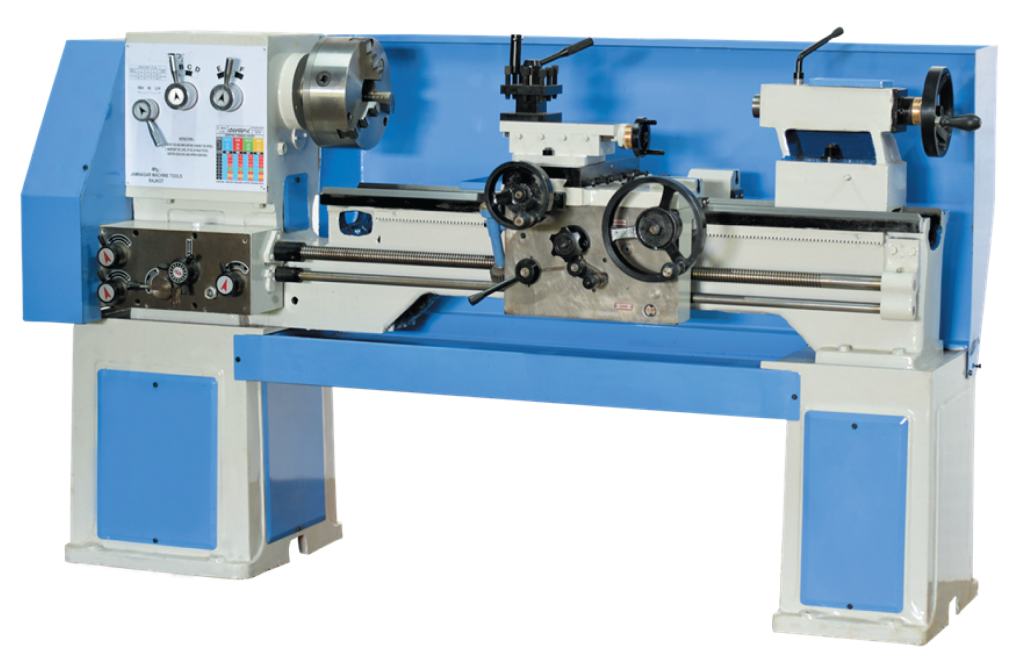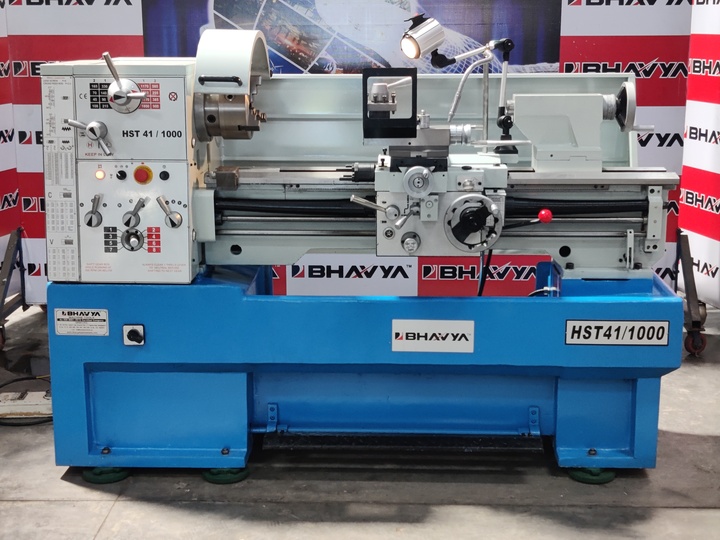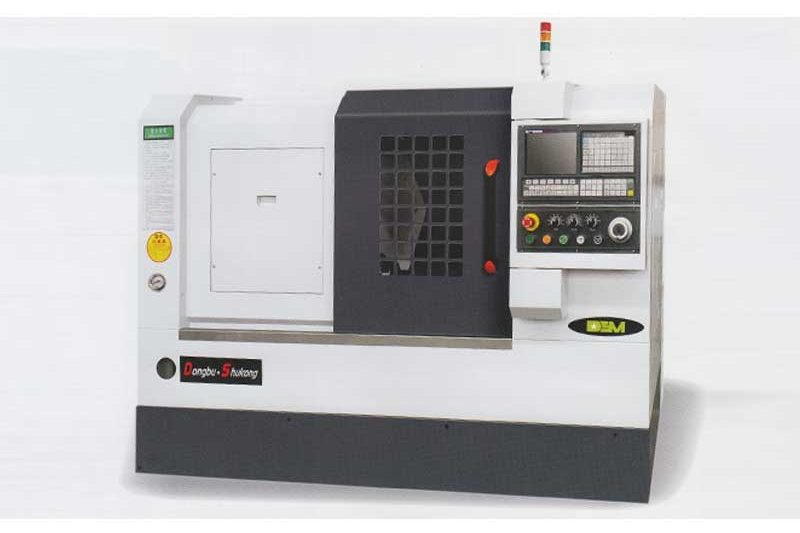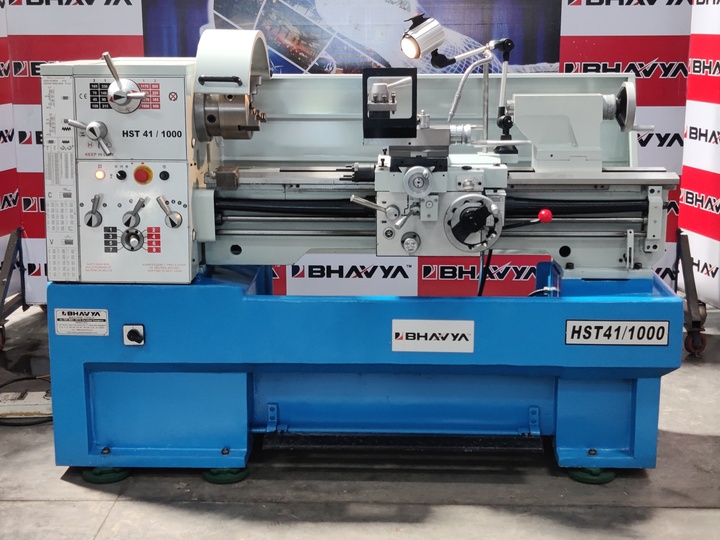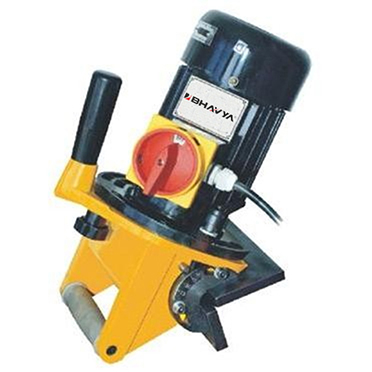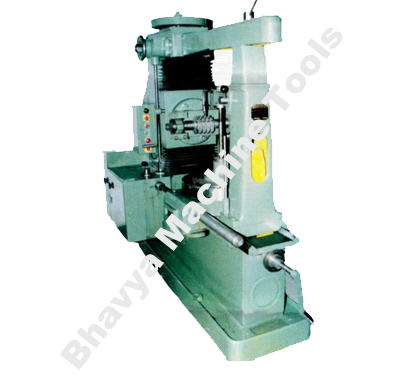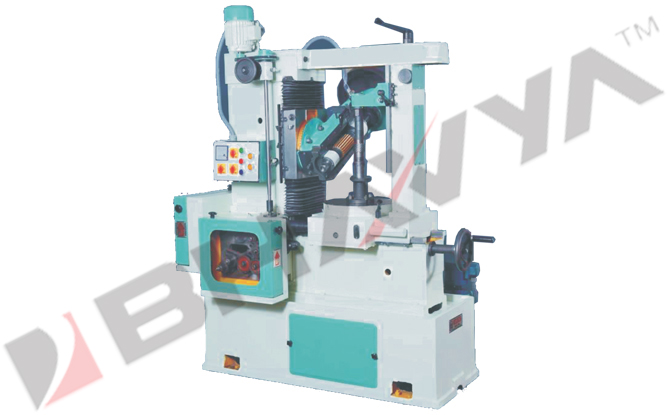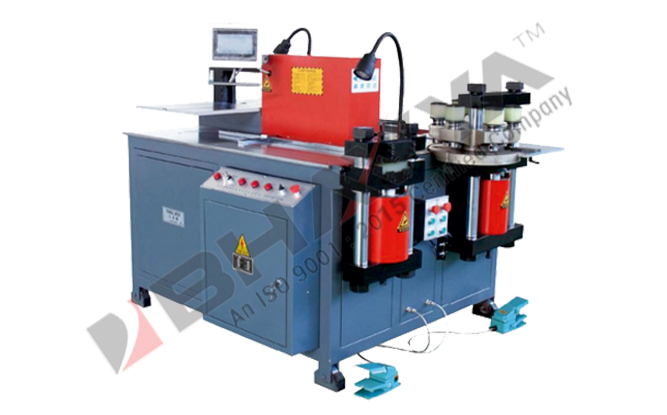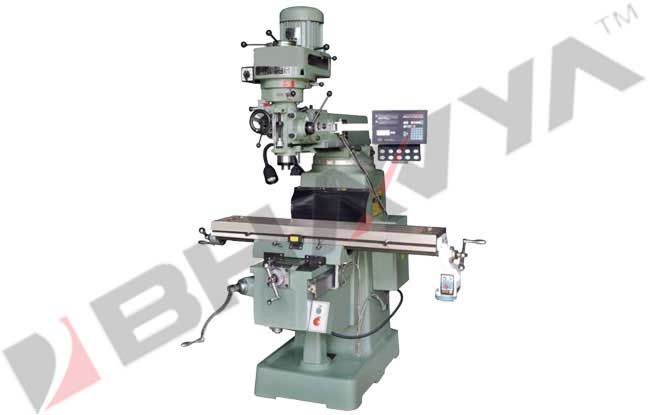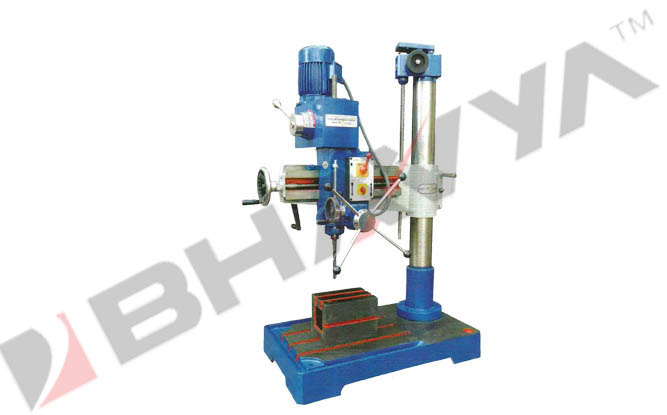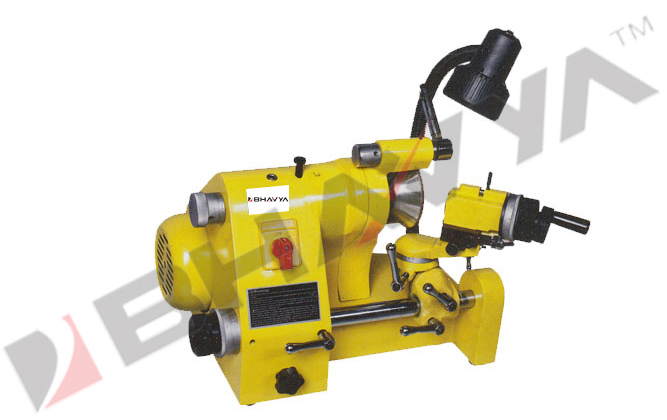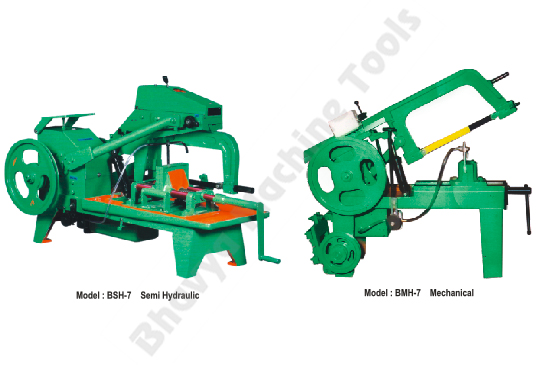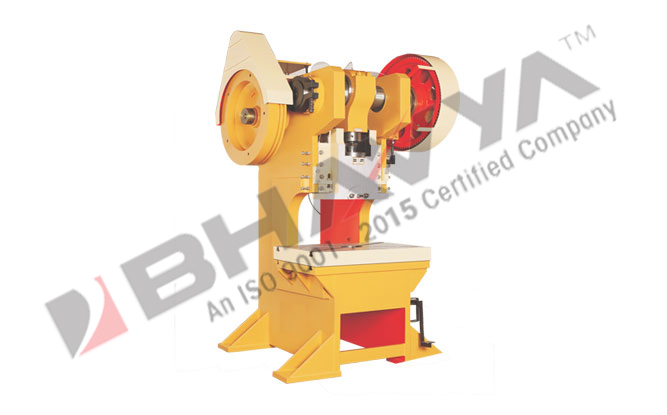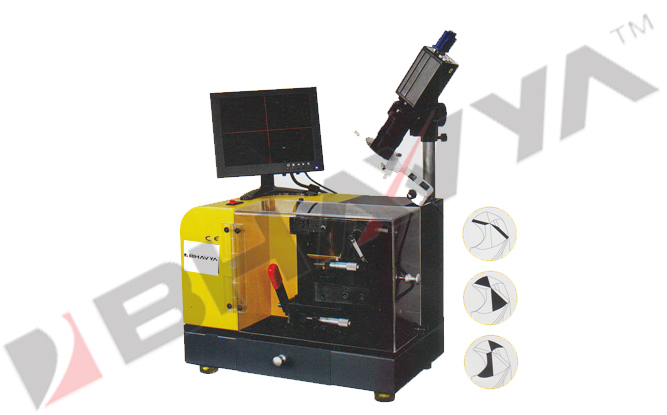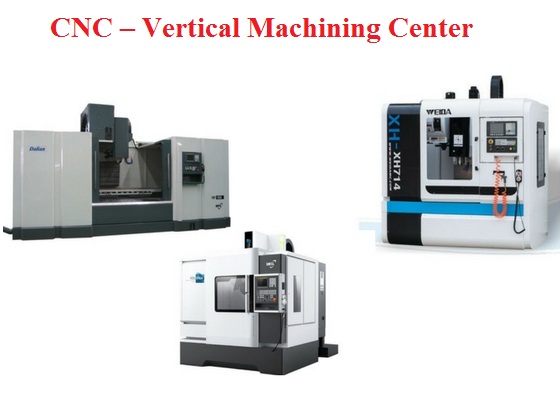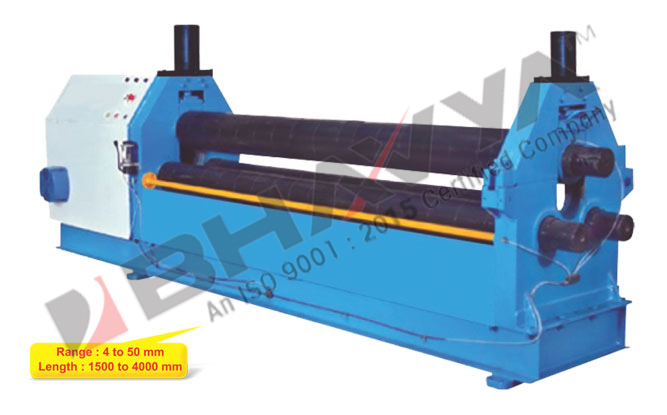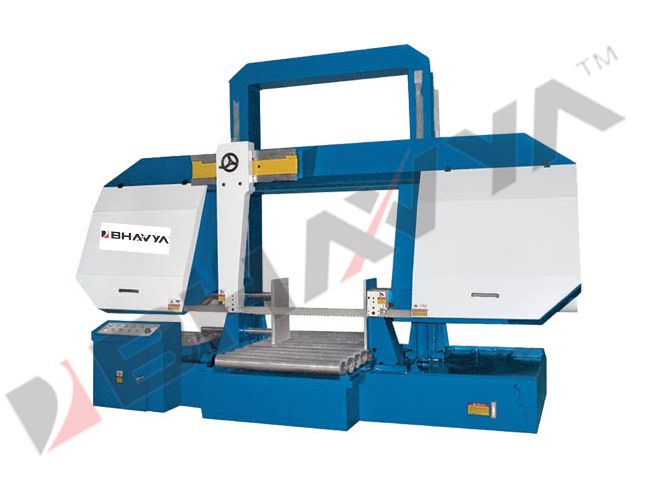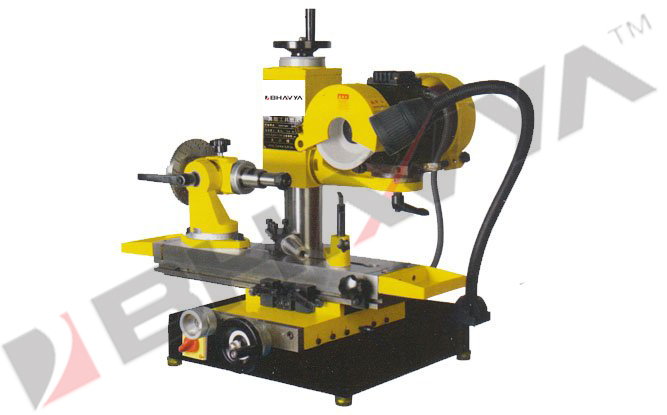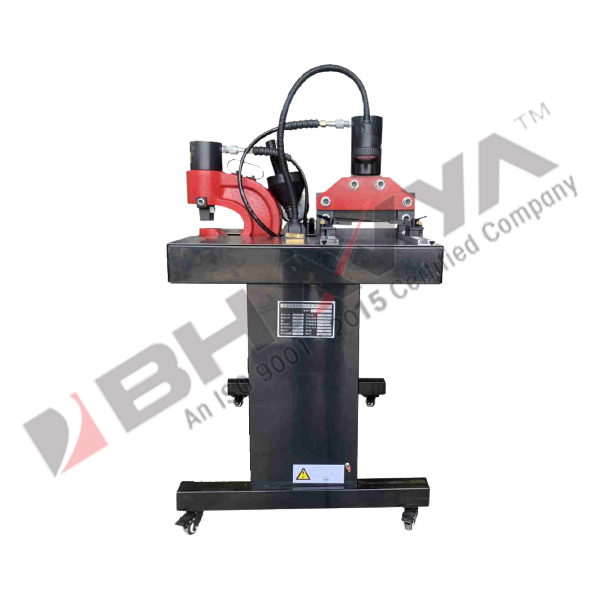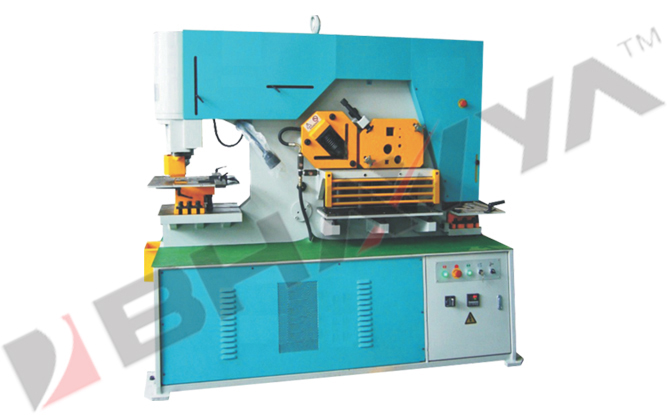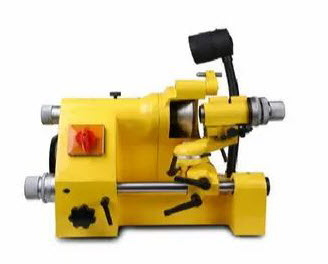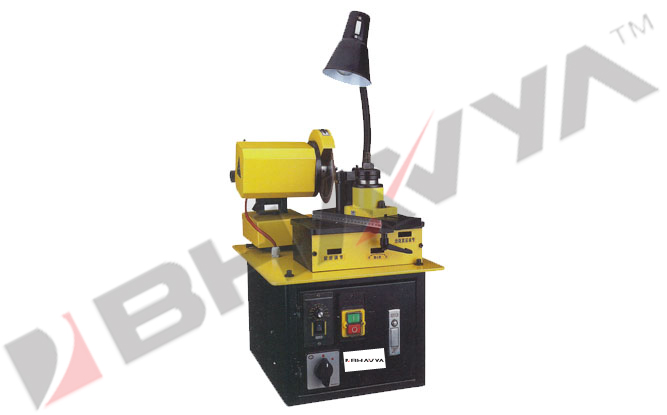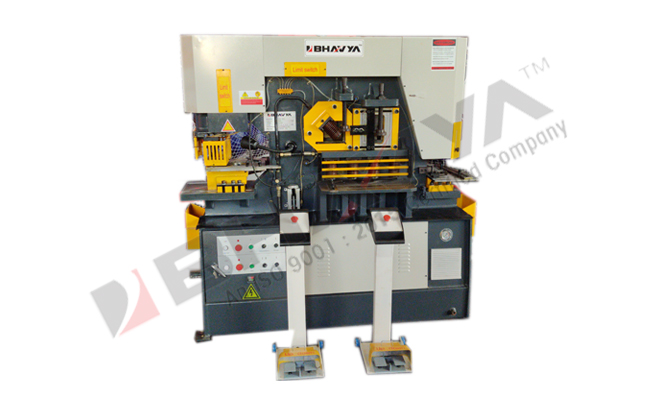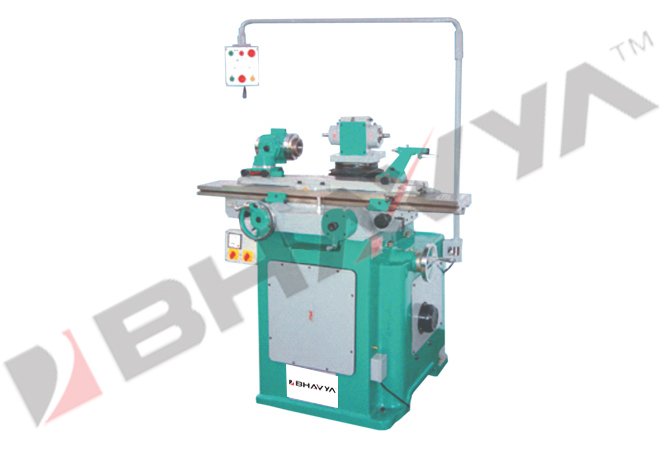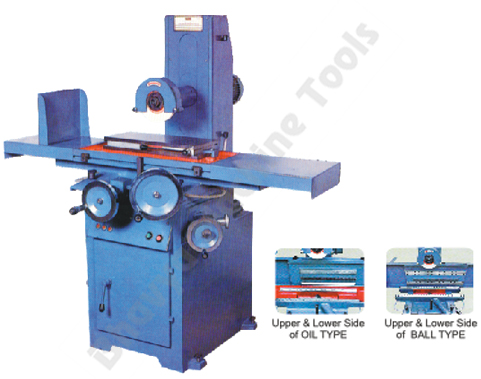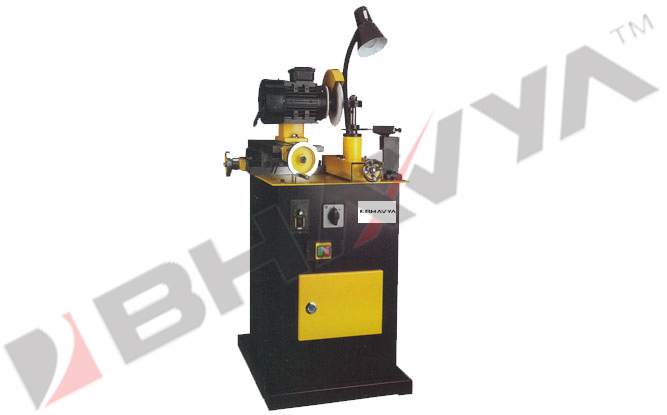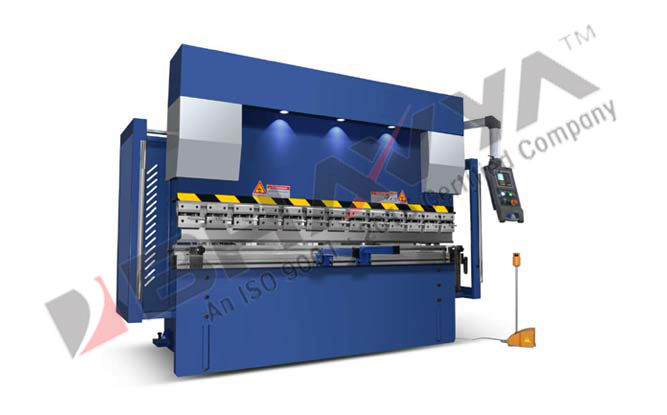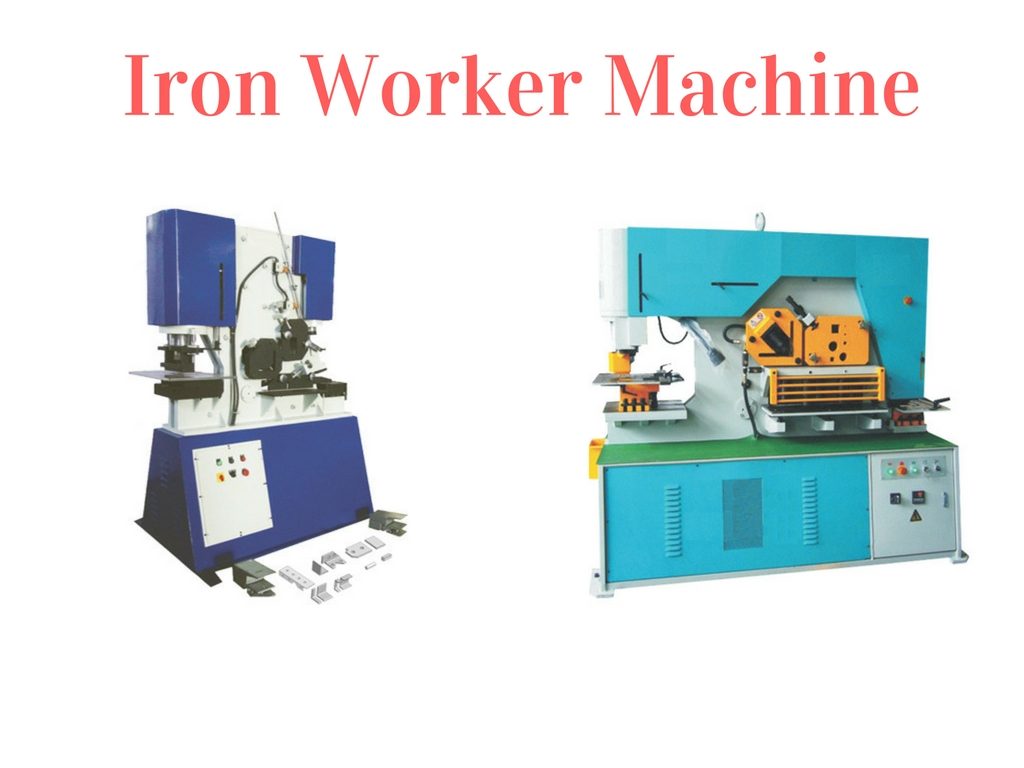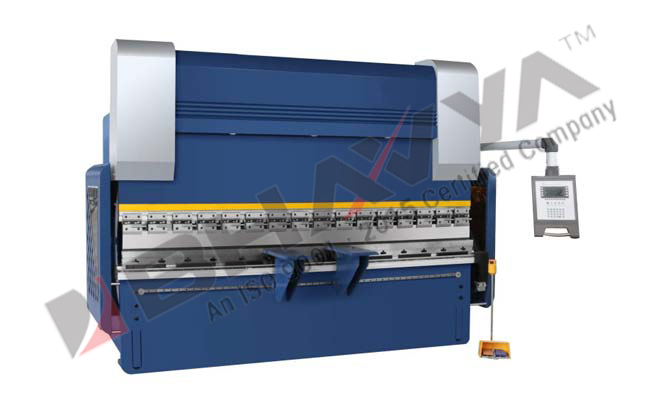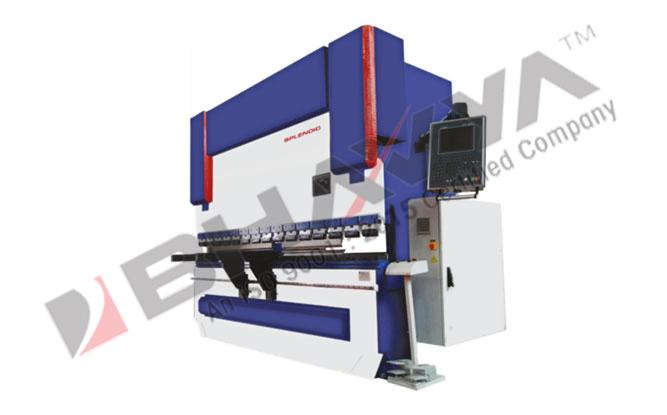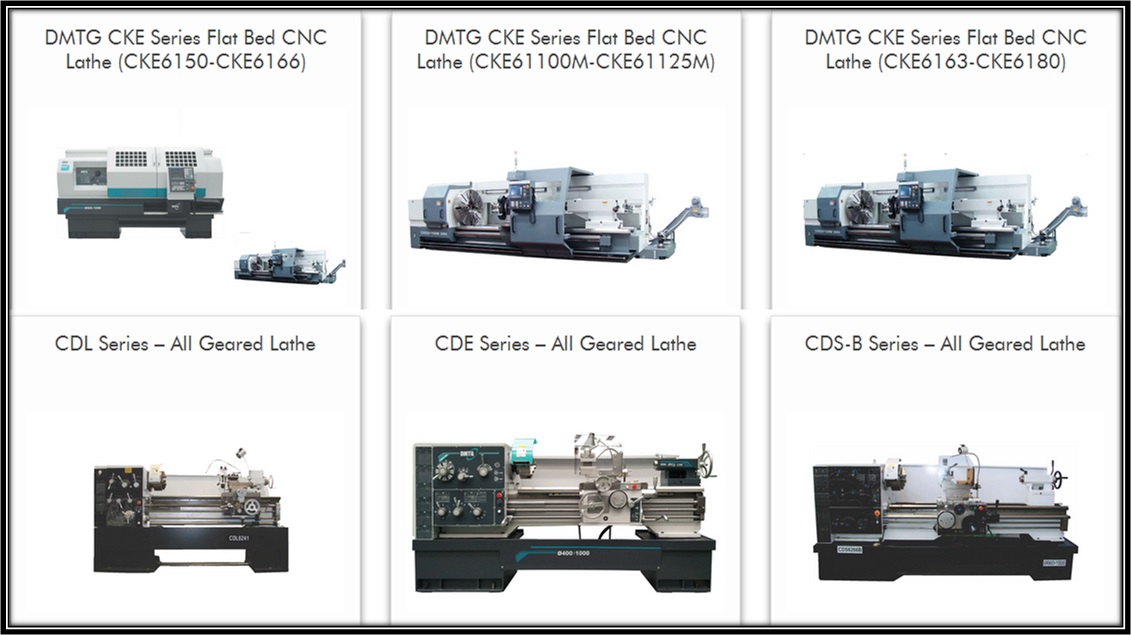In recent years, drilling machines have become indispensable tools in various industries, including automotive, aerospace, construction and metalworking. These machines are used for creating precise holes in a variety of materials such as metal, wood and plastics. This article explores the global demand and supply of different types of drilling machines, focusing on Pillar Drill Machines, Radial Drill Machines, Drilling & Milling Machines andDrilling & Tapping Machines. We will also delve into the demand for these machines across various countries and industries, highlighting the top five countries where these drilling machines are highly demanded.
Pillar Drill Machines
Pillar Drill Machines are widely used for drilling precise holes in various materials. The demand for pillar drills is driven by industries that require accurate hole placement for mass production, such as automotive manufacturing, metalworking and construction.
Top Countries for Pillar Drill Machines Demand:
- China: China’s manufacturing sector, particularly in automotive and electronics, is a key driver of demand for pillar drill machines. The country’s rapid industrialization and large-scale production capabilities require these machines for high-precision drilling tasks.
- Germany: As a global leader in precision engineering, Germany’s demand for pillar drill machines is high, especially in industries like automotive, aerospace and metalworking.
- India: With the growth of the manufacturing sector, especially in the automotive and construction industries, India’s demand for pillar drill machines is steadily increasing.
- USA: The American manufacturing industry, especially in aerospace and defense, heavily relies on pillar drill machines for precision work.
- Japan: Japan, known for its high-tech manufacturing, utilizes pillar drill machines extensively in the electronics and automotive industries for precision hole drilling.
Radial Drill Machines
Radial Drill Machines offer flexibility with their ability to move the drill head in multiple directions, allowing for precise drilling in various sizes of workpieces. They are commonly used in industries that require drilling larger parts or complex configurations.
Top Countries for Radial Drill Machines Demand:
- Germany: A major hub for heavy machinery manufacturing, Germany demands radial drill machines for sectors such as automotive, shipbuilding and mechanical engineering.
- China: With China’s focus on manufacturing and infrastructure development, the demand for radial drilling machines has grown significantly, especially in heavy industries.
- India: India’s expanding manufacturing base, particularly in automotive and industrial machinery, sees a rising demand for radial drill machines for tasks involving large-scale drilling.
- USA: The demand for radial drill machines is strong in industries such as aerospace, construction and automotive manufacturing.
- Brazil: Brazil’s growing industrial sector, particularly in mining, construction and oil extraction, creates a strong demand for radial drill machines for large drilling operations.
Drilling & Milling Machines
Drilling & Milling Machines are versatile machines that combine the functions of both drilling and milling, making them essential in industries that require complex operations like cutting, shaping and drilling. They are particularly used in metalworking, automotive and aerospace industries.
Top Countries for Drilling and Milling Machines Demand:
- China: As a global manufacturing leader, China’s demand for drilling and milling machines is substantial, especially for industries like automotive, electronics and heavy machinery.
- USA: The American manufacturing sector, particularly in aerospace, automotive and energy industries, requires high-precision drilling and milling machines to produce complex components.
- Germany: Known for its advanced engineering and manufacturing technologies, Germany’s demand for drilling and milling machines is fueled by its strong automotive, aerospace and machinery sectors.
- Japan: Japan’s focus on technological advancements and high-precision manufacturing drives its demand for drilling and milling machines, especially in automotive and robotics industries.
- South Korea: South Korea’s electronics and automotive industries are major consumers of drilling and milling machines due to the need for high-precision components in their products.
What Our Customers Say
“Largest Display of Machinery across India. Wide range of Machines. Very Co-operative staff. Range of Tapping Machine and Re-sharpening Machines are outstanding. Very Cost effective and useful in Precision Machining Work. Their staff is co – operative for after sales support.”
Tirth Bhojani On Google
Drilling & Tapping Machines
Drilling & Tapping Machines are specialized machines that combine drilling and tapping operations in a single step. These machines are critical in manufacturing industries that require fast and accurate drilling and tapping of threads for bolts, screws and other fasteners.
Top Countries for Drilling & Tapping Machines Demand:
- China: The demand for drilling and tapping machines is high in China, where mass production of components for various industries like automotive, electronics and consumer goods is ongoing.
- India: With the growth of the automotive and aerospace industries, India is seeing an increase in demand for drilling and tapping machines for component production.
- USA: The USA’s advanced manufacturing sector, including industries such as aerospace, automotive and defense, is a major consumer of drilling and tapping machines.
- Germany: Germany’s industrial machinery, automotive and aerospace sectors demand high-precision drilling and tapping machines to manufacture components with accurate threading.
- Mexico: As a growing hub for automotive manufacturing, Mexico has a rising demand for drilling and tapping machines used in production lines for vehicle components.
Conclusion
The global demand for various types of drilling machines, such as Pillar Drill Machines, Radial Drill Machines, Drilling & Milling Machines andDrilling & Tapping Machines, is primarily driven by industries requiring high precision, automation and efficiency in their production processes. As countries like China, Germany, India, the USA and Japan continue to lead in manufacturing and industrial production, the demand for advanced drilling machines will keep rising.
Manufacturers and suppliers of drilling machines must adapt to these growing demands, focusing on technological advancements and offering high-quality products to meet the needs of diverse industries across the world. With the rise of automation, CNC machines and the increasing focus on precision in production, the global supply and demand for these machines are expected to continue expanding, driving growth and innovation in the manufacturing sector.



